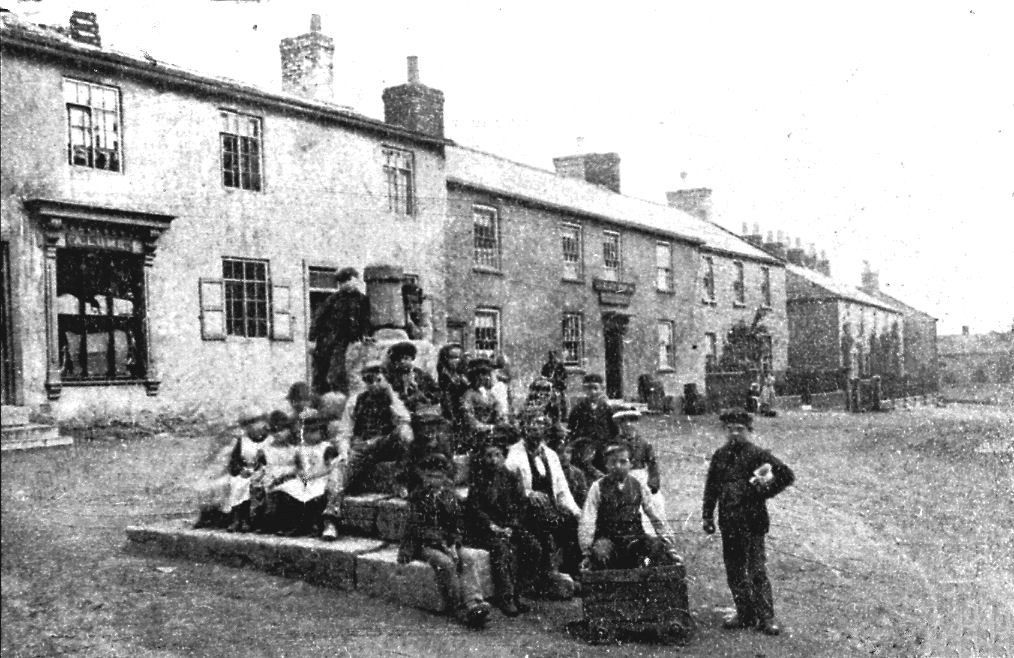
The Black Swan in Victorian Times
(To the right of the group)

| “Kitchen, smoke room, tap room, sitting room, bar + pantry.
2 cellars + club room + 4 bedrooms. Cottage used as stores, 2 rooms + 1 bedroom. Club room, store? over back room. Coach house, slate, wash kitchen, 2 WC. Ash pit + urinal. Old property moderate repair. Freehold; Owner : John Smiths Tadcaster, Occupier : Jonas H. Shackleton” |
DAVID TEAL |
| Sources: Barwick in Elmet and Scholes Manorial Records 1841 – 1901 Census Returns 1909 Valuation Office Records All Saints Church, Barwick in Elmet, Parish Registers St Ricarius Church, Aberford, Parish Registers Local Directories The Skyrack Courier / Express Land Registry of England and Wales Paul Jennings – “The Local” A History of The English Pub West Riding Quarter Sessions (Skyrack Brewster Court Records) Skyrack Petty Sessions – Registers of Alehouse Licenses |